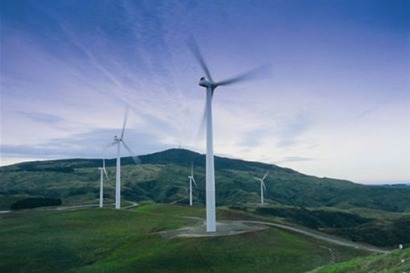
In every scenario, New Zealanders are better off with more wind. “This shows the importance of wind farms to every household in the country in financial terms, in addition to the environmental benefits of renewable energy,” says Eric Pyle, CEO and the New Zealand Wind Energy Association (NZWEA).
Infometrics used a sophisticated model of the New Zealand economy which allows them to run a number of ‘what if’ scenarios and identify the resulting changes such as household income, GDP and balance of trade.
The ‘business as usual’ is based on the Ministry of Economic Development analysis which shows wind capacity doubling to 8% of electricity. The Infometrics modelling looked at a number of scenarios, based on increasing wind energy’s contribution to 20% electricity.
The results show:
The benefits mainly stem from substituting costly fuels for free renewable resources, and the savings from not having to buy carbon credits. “To put these figures into perspective, current electricity cost per person is around $400 per year,” says Eric Pyle. “I believe we can grow wind generated electricity to 20%, from 4% today, because it is a cost effective form of electricity. This report indicates that every Kiwi will be financially better off with more wind farms.”
Pyle also reports that if natural-gas prices continue to rise, wind will become increasingly cost-competitive. “The long-term cost of electricity from New Zealand’s wind farms is now close to the short-term cost of gas generation,” he explains.
"A high proportion of New Zealand’s wood exports are logs to China, and processing these logs there requires electricity. China could encourage processing of logs in electricity-rich countries, thus importing “virtual electricity”. In turn, this could drive up electricity demand in New Zealand, a significant portion of which could be met by wind," Pyle concludes.
For additional information:

